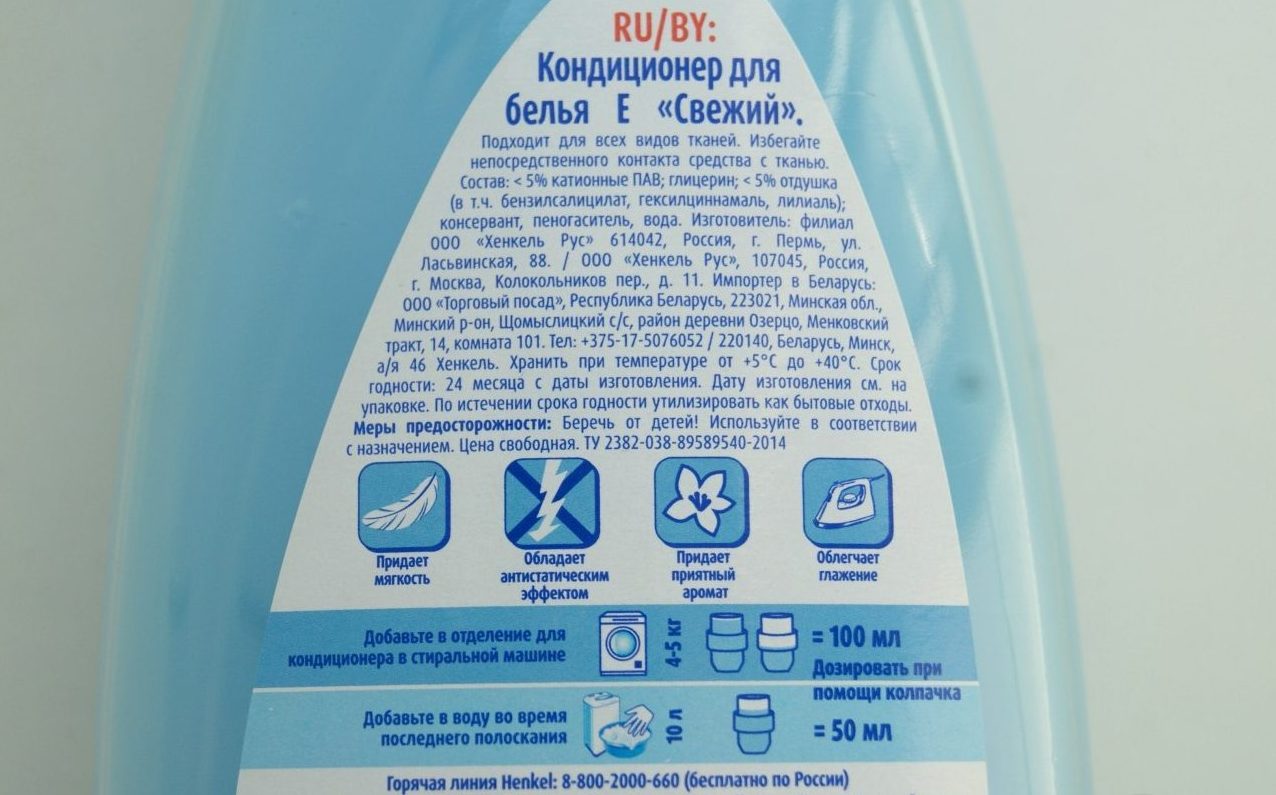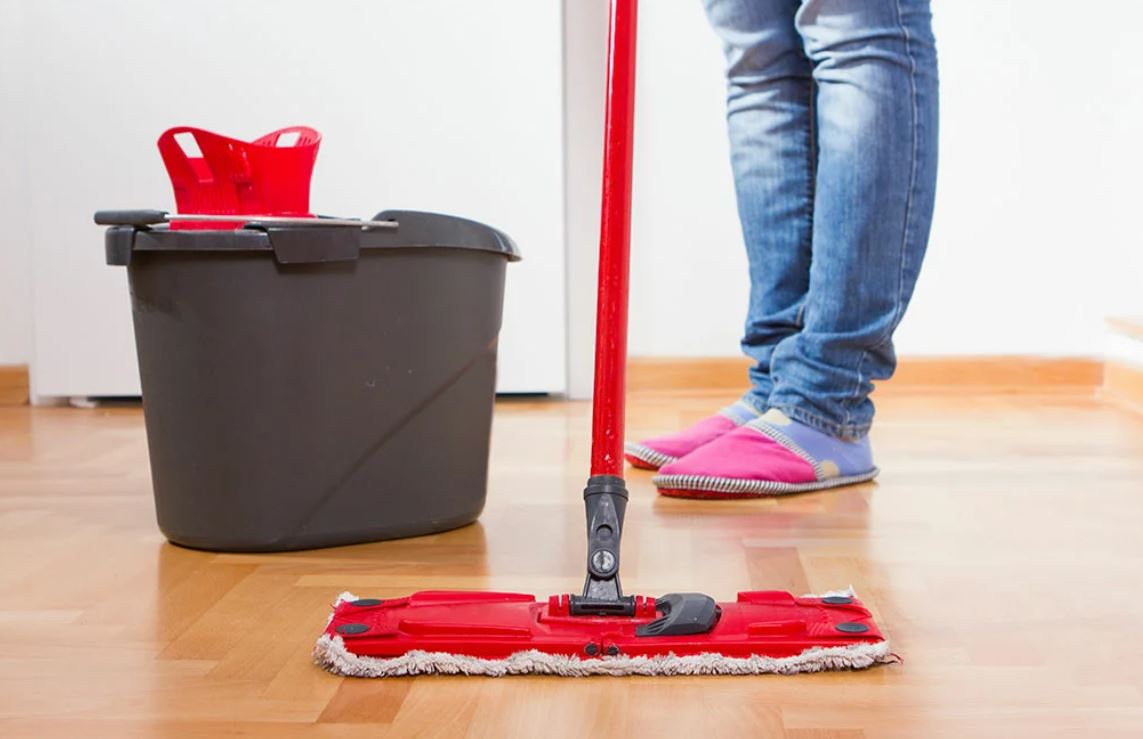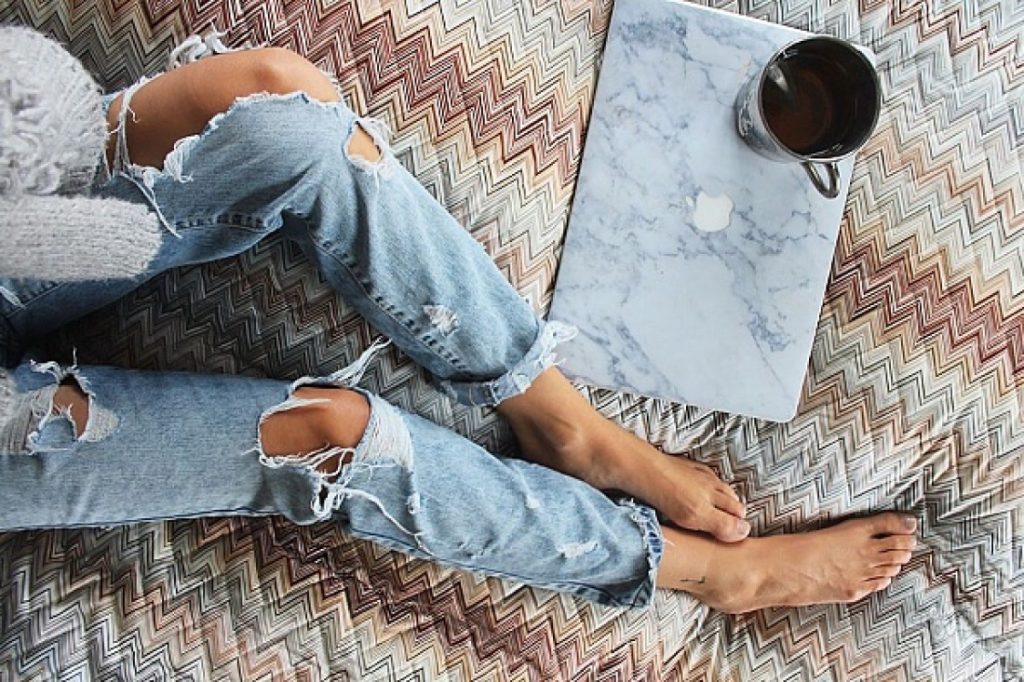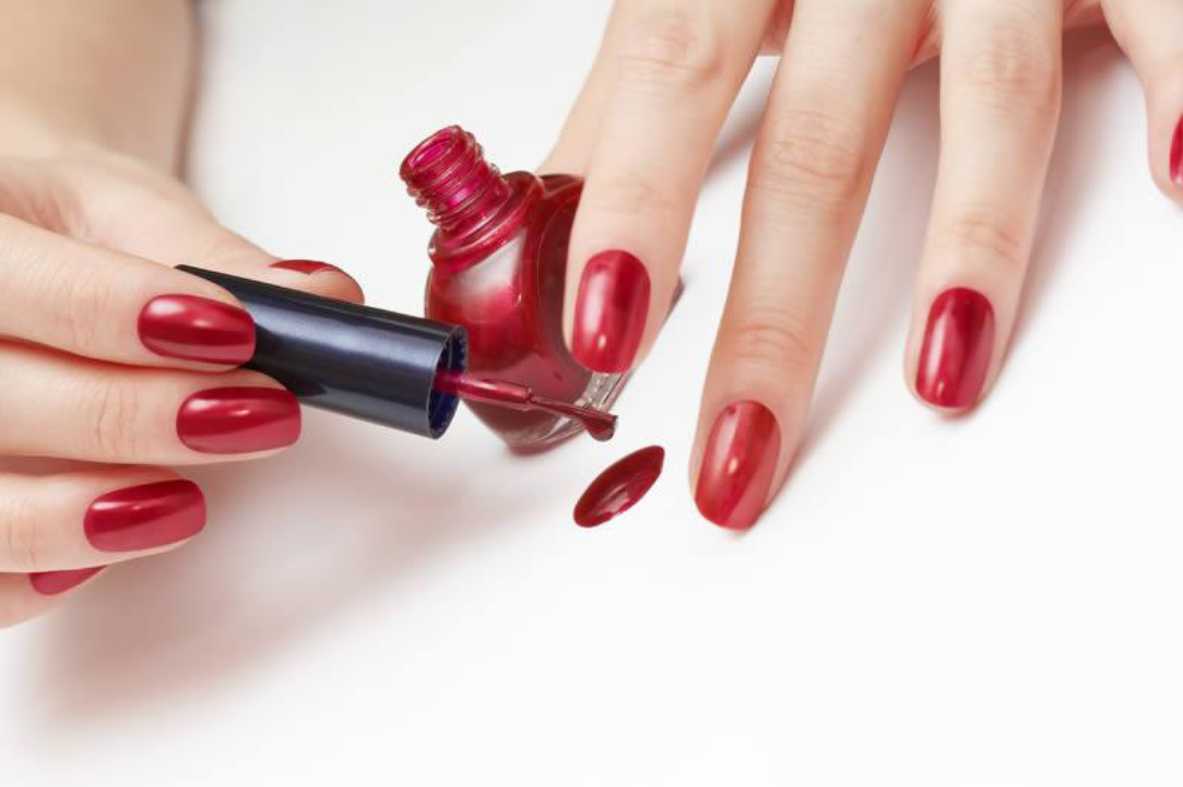Water containing salts, high washing temperatures, and fabric characteristics all lead to excessive stiffness of linen and clothing. Contact of rough, abrasive material with skin becomes unpleasant. The solution to the problem was fabric softener, a product for softening the structure of fibers. However, not every housewife knows how to choose it correctly.
Purpose
Fabric softener is a development that performs an auxiliary function during washing. It successfully copes with the removal of dirt, but protection and aromatization for a longer period are the tasks of a special product. The conditioner contains cationic surfactants, which play a major role in softening laundry and water. The remaining ingredients play secondary roles and each is responsible for its own function:
- fragrances - for a pleasant aroma with a prolonged effect;
- enveloping components – for protecting the fabric from wear and dirt;
- stabilizers and thickeners ensure consistency and correct concentration.
The efficiency and concentration of the conditioner depend on the content of surfactants (surface-active substances). They are responsible for the formation of foam and "push" dirt out of the fabric fibers. Due to the optimal ratio of these components and silicone, the material becomes resistant to dust and moisture, as well as fluffy and pleasant to the touch. Sometimes such a mixture helps to prevent the appearance of pellets.
The content of surfactants in the conditioner should not exceed 35%. This is strictly regulated by special documents.
Benefits and possible harm
There are many advantages to using fabric softener, otherwise you can't explain the number of fans of this product who can't imagine washing without it. Depending on the composition, it provides:
- Softening of the fabric structure. Terry towels and sheets become fluffy, woolen items become soft and voluminous, smooth items become silky to the touch. Increased elasticity of clothes after washing adds a pleasant feeling.
- Easy ironing. The film of surfactant cations in the conditioner prevents the formation of hard creases and folds. Due to this, it is easier to iron the fabric.
- Resistance to pollution. Enveloping surfactant fibers protect against penetration of molecules of organic and inorganic pollutants, making washing easier.
- A mild bactericidal effect, which all surfactants have. It can be enhanced by adding active cations or antibacterial components (triclosans, hexyl cinnamic aldehydes) to the conditioner.
- Preservation of the brightness of things due to the cationic film, which prevents pigment leaching.
- Increased wear resistance, preservation of product shape.
- Antistatic effect. Achieved by forming an electrically conductive layer with air conditioner components.
- Pleasant smell of conditioner. The duration of the effect is provided by surfactants on the surface that hold the molecules.
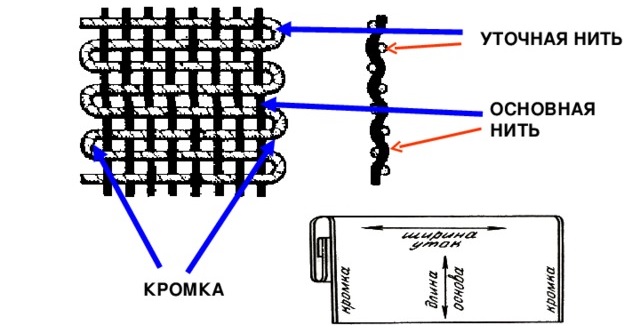




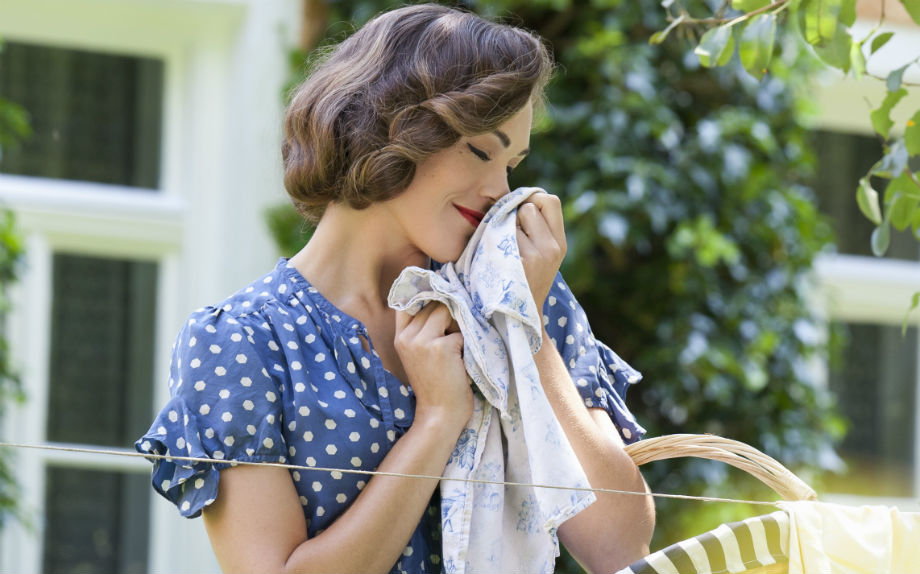
Along with its fans, the conditioner has its opponents. They consider it necessary to reduce the amount of chemicals used in washing clothes, citing health risks. Indeed, conditioners are added at the last stages, are not washed out of the clothes, and remain on the surface. Constant contact of the skin with these substances is inevitable. Because of this, there is a risk of allergic reactions. Also, with prolonged use of the conditioner, harmful components accumulate in the body, causing disorders. The list of dangerous ingredients includes:
- chloroform is a toxic substance that causes disruption of the sebaceous glands of the skin (irritation, peeling and allergies) and has a carcinogenic effect;
- terpineol – leads to irritation of the mucous membranes of the upper respiratory tract, in large quantities – to central nervous system disorders;
- benzyl acetate, ethyl acetate, terpinolene are flavorings that cause headaches, allergies, respiratory failure, kidney and liver function problems.
Chemical fragrances with a strong odor are dangerous due to their high allergenicity. They cause asthma attacks, swelling of the mucous membranes, which can lead to serious consequences, including death. For this reason, it is necessary to pay special attention to studying the label of the products. The best fabric conditioners are considered to be the leanest in composition: no more than three or four components (excluding the substances listed above) plus fragrances on a natural basis.


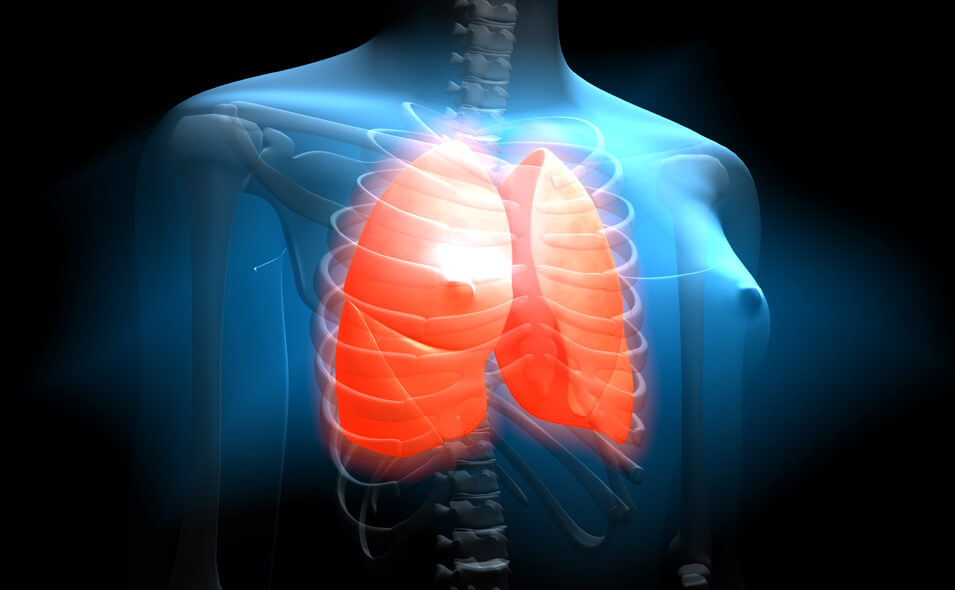
Types of funds
The set of properties indicated on each bottle will help you navigate the large number of laundry detergents. Machine or hand wash, universal or specialized (only for cotton or wool), white or colored laundry - these and other "hints" can be seen on conditioners. Looking at the abundance of goods piling up on the shelves, it is difficult to understand which type is better.
Concentrated
Conditioners of this type have a thicker consistency. The main advantage over conventional ones is a higher concentration of surface-active components. The described conditioner has a cationic surfactant content of 15% versus 5% in conventional conditioners. Its consumption is much lower: on average, only 20 ml is required for a 3 kg wash cycle. For comparison: conventional products are added in a ratio of 60-120 ml per 3-7 kg. Conclusion: concentrated conditioner is consumed three times slower.
In addition to low consumption, and therefore cost savings, this type of conditioner has more pronounced water and linen softening properties, protective and antistatic characteristics. At the same time, the amount of other auxiliary components that get on the linen is reduced. The negative effects of frequent use of the rinse aid are minimized. Among the disadvantages, one can note the higher cost compared to conventional ones, which is partially offset by economical consumption.
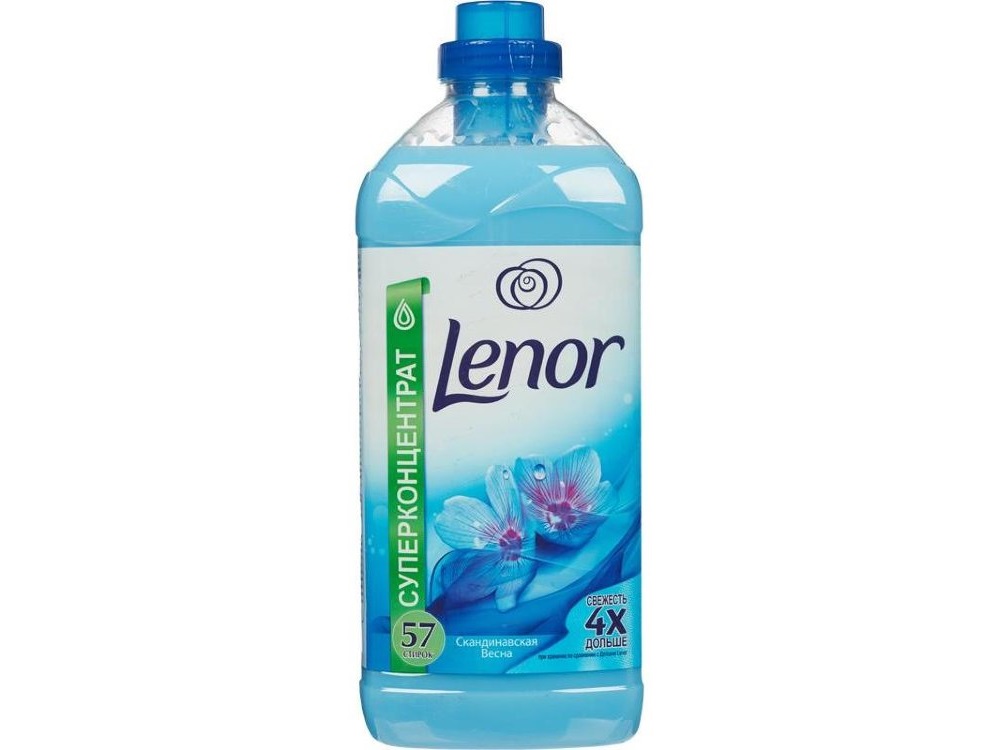

Children's
Types of conditioners intended for washing baby clothes usually do not contain harsh chemical fragrances. Many rinses are either odorless or have natural fragrances: aloe vera, chamomile (azulene). According to the manufacturer, they not only give a pleasant smell, but also care for the baby’s skin. The absence of dyes and preservatives is also one of the advantages of conditioners.
The composition of children's conditioners is subject to particularly strict requirements, which is due to the high sensitivity of the skin of babies and the body as a whole, prone to allergic reactions. Therefore, many people, in particular, those with sensitive skin, prefer such conditioners even for ordinary adult clothes and linen. However, some manufacturers use components identical to natural ones, so it is possible that in a conditioner with chamomile, only the smell of this plant, synthesized chemically, is hidden. Often, an ordinary conditioner with the same composition as for adults is hidden under the guise of a children's product. Another disadvantage of conditioners is the increased cost, which is not always justified.
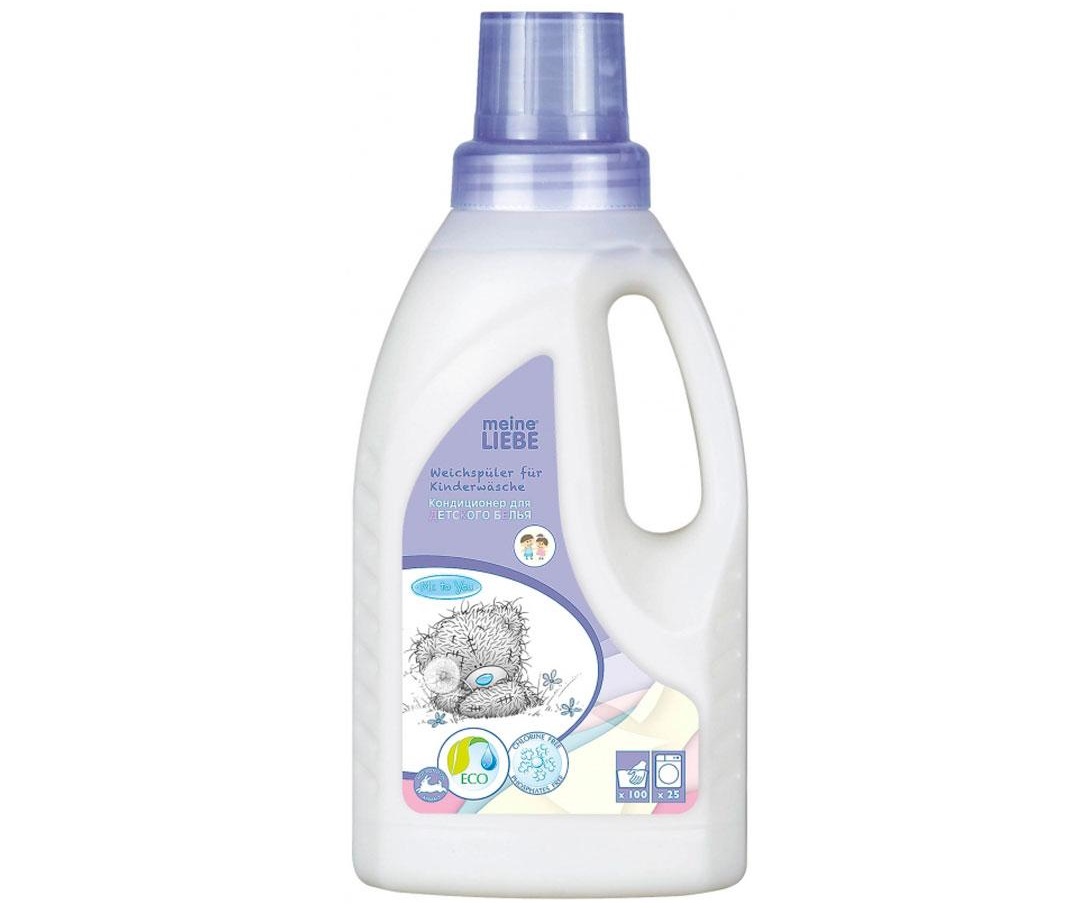
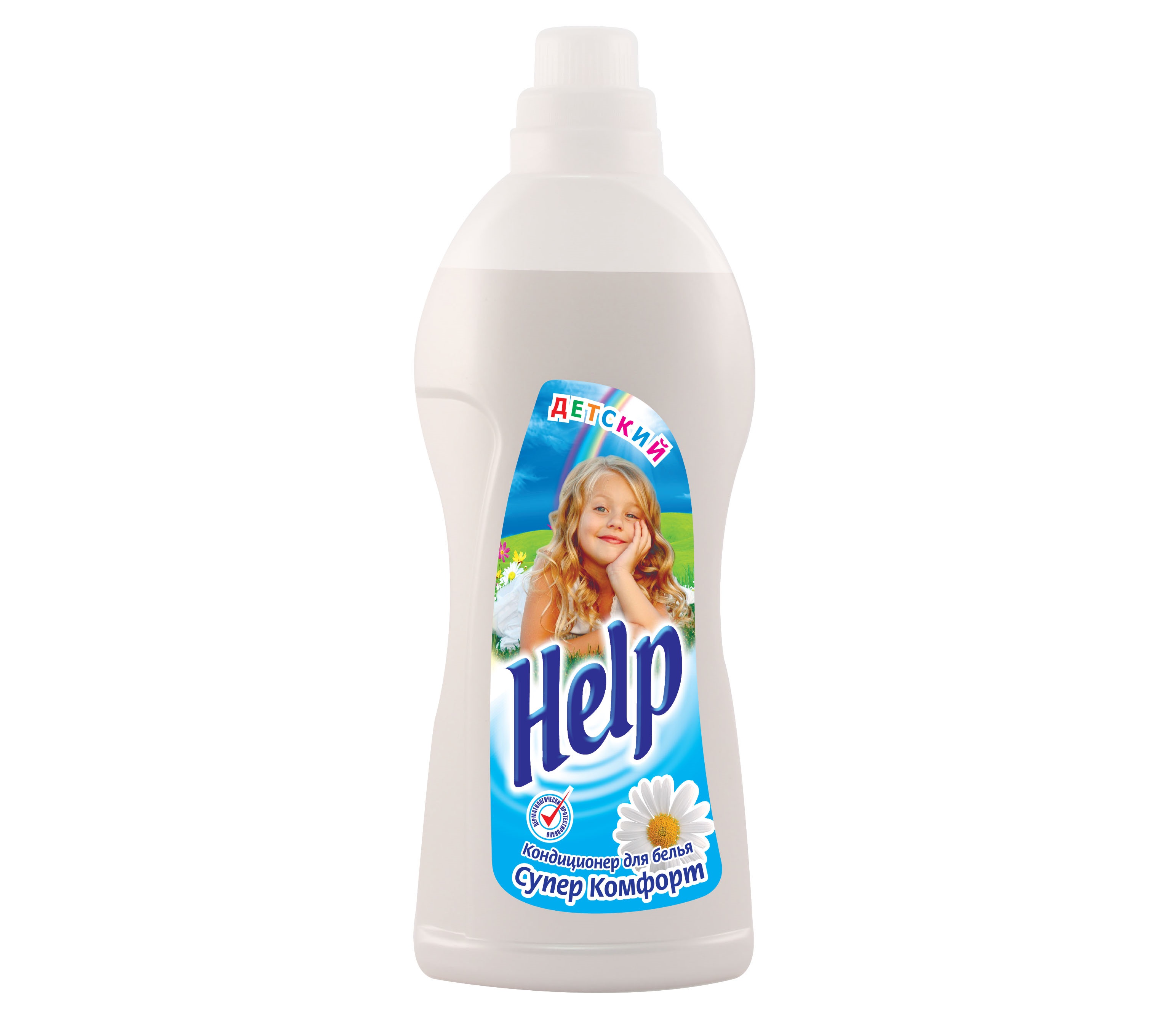
Dry
In pursuit of high technology, fabric softener manufacturers have released unusual dry types. The first in this field were the advanced Japanese, who have been producing universal laundry detergents in the form of granules and napkins for several years now. And if the first types of rinses have already appeared on the shelves under the brand of well-known manufacturers (Lenor, for example), then few have heard of textile analogues. Now you can find similar miracle devices of Italian, German, Korean production. In Russia, such air conditioners have not yet become widespread; they can only be found in online catalogs. They are not available in the mass market.
The conditioner granules are added in the same way as the washing capsules – either to the drum or to the compartment of the machine. Viscose napkins with a special impregnation are placed together with the laundry. They are suitable only for hot drying. Some types of dry products combine the properties of powder, rinse aid, antistatic agent, have improved cleaning, softening, protective qualities, while being environmentally friendly and safe for health, according to advertising. Their advantages: economical consumption of conditioner, increased efficiency, improved safety of the composition, including for the environment. Disadvantages: limited distribution, high cost.

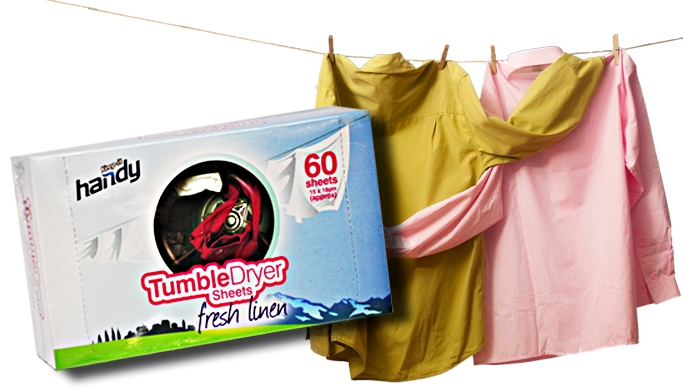
Eco
The type of conditioner with the prefix “eco” indicates the predominance of natural components in the composition: plant extracts, essential oils as flavoring agents, natural dyes (beta-carotene). They are free of harmful components, but are still dangerous in terms of the possibility of allergies. Most often, individual intolerance manifests itself. There are heated debates about the harm to the environment: many of these conditioners cannot be called completely natural in composition. The amount of harmful chemicals is reduced, but surfactants are present. It is a different matter if they are of natural origin. The advantages of such conditioners include:
- more gentle composition,
- natural extracts,
- fragrances and dyes of natural origin;
- biodegradable conditioner formula;
- no danger to pipelines and septic tanks,
- presumably no harm to the environment.
Cons: possible allergic reactions, higher air conditioner consumption. The effectiveness of some products is reduced. Like all environmentally friendly products, they are more expensive than their regular counterparts.


Balm
A type of gentle fabric softener. It contains soft, natural ingredients, as well as caring ingredients such as olive oil to preserve the skin of your hands during hand washing. In practice, this particular effect of the conditioner is quite useless. But there are still some undeniable advantages:
- the complete absence or slight smell of the product allows it to be used for children's things and for allergy sufferers;
- the conditioner effectively softens terry fabrics, woolen items - another advantage confirmed by customer reviews;
- balms are often white or completely colorless, which indicates the absence of chemical dyes;
- The thick consistency and high surfactant content allow it to be used sparingly.
The downside is that you have to pay extra for a dubious skin care effect. Essentially, a balm is a colorless, odorless analogue of a concentrated conditioner. Some people note the appearance of oily stains on smooth fabrics, which indicates poor rinsing.
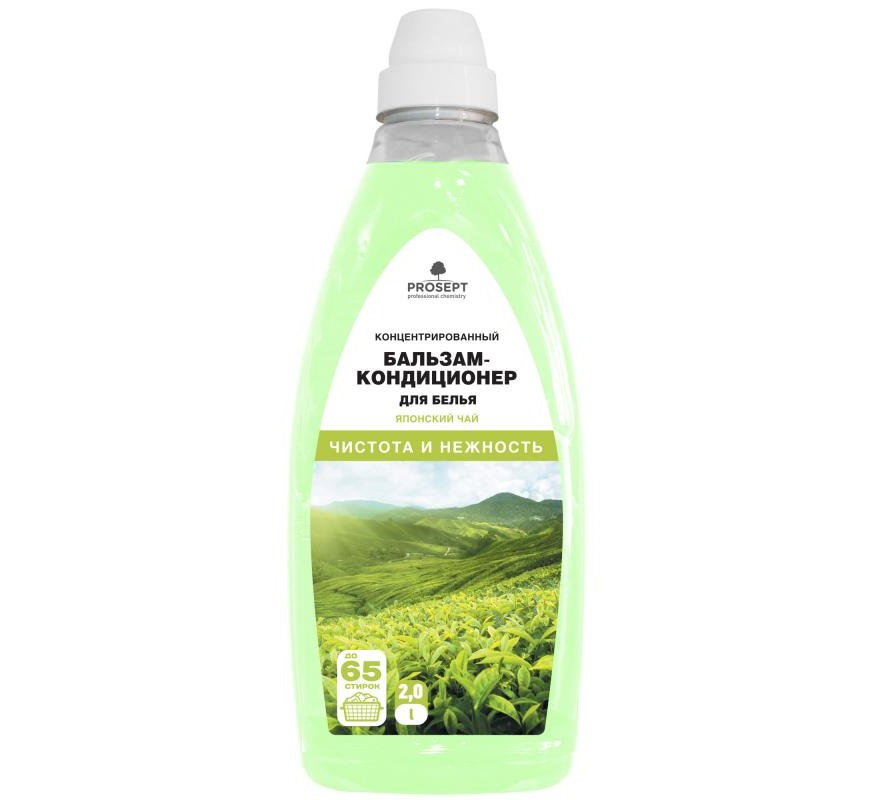

Aromatic
The main function of this type of conditioner is aromatization. It is successfully used to remove strong foreign odors, in particular, tobacco. The composition has a high concentration of fragrances, which gives the laundry an intense and fairly persistent aroma. Things retain it even during long-term storage (some conditioners ensure preservation for up to three months). This allows you to get rid of the problem of stale laundry sent for seasonal storage. The advantage of aromatic conditioners is their low cost. Among the disadvantages are:
- with a strong concentration of fragrances, an allergic cough or attack may begin in a sensitive person;
- healthy people often experience headaches from strong odors;
- Some mouthwash scents are perceived as intrusive and irritating.
In addition to the fact that these products have the strongest aroma, rinses of this type are inferior in efficiency to regular conditioners. Due to surfactants, they soften fabrics to a certain extent, but do not have protective properties and do not reduce static in things very much. The consumption of most products is higher, even those marked “concentrate”.

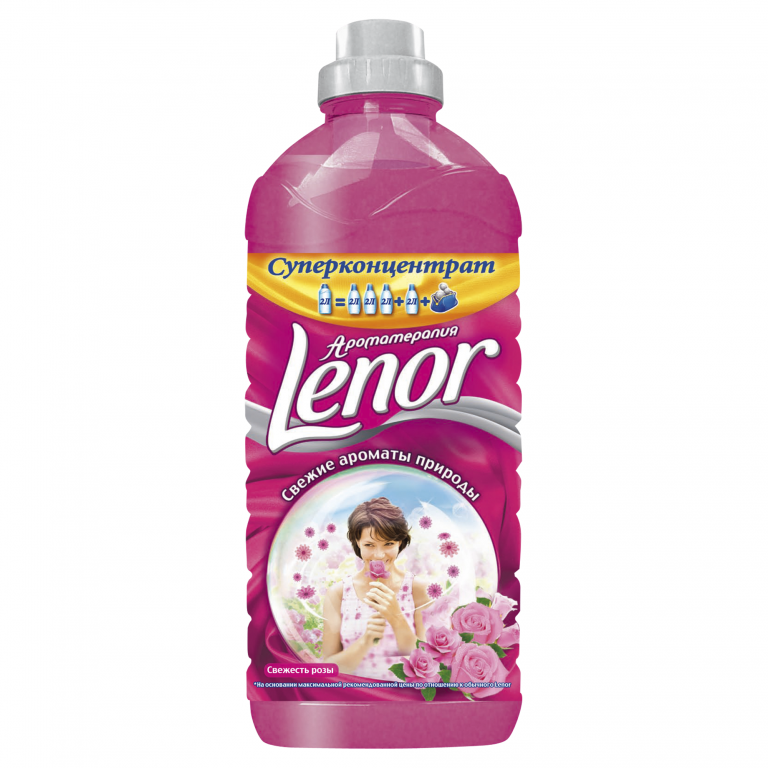
How to use correctly
The methods of using conditioners are given on the packaging. Most often, liquid conditioners are poured in the volume specified in the instructions into a special compartment of the washing machine. Dry products are added directly to its drum or to the dryer. The volume is 1 cap per 15 liters for manual rinsing, 2 for machine rinsing. Concentrated conditioners require less consumption. Their recommended dosages are 10 and 20 ml for hand and machine washing, respectively.

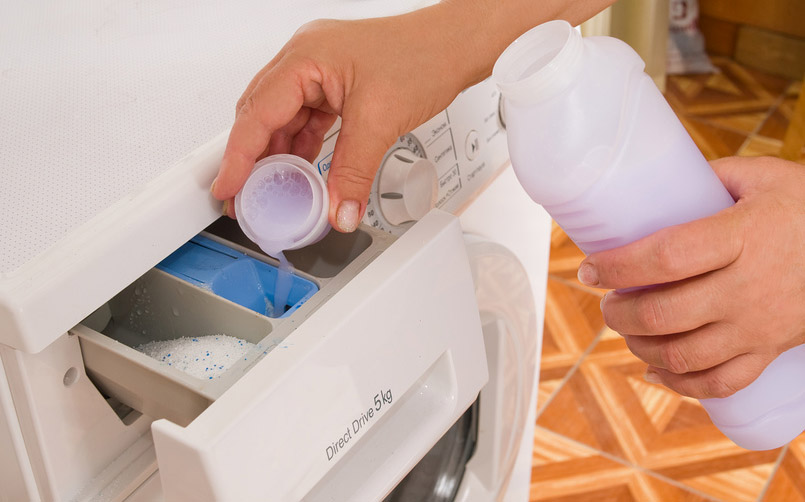

In addition to the direct purpose, there are a number of techniques that cannot be found in the instructions. They solve problems to facilitate household needs. The most common life hacks involving fabric softener:
- Diluted conditioner instead of air freshener - dilute with water in a ratio of 1:2, add a little soda, pour into a spray bottle and use as needed. This technique will help scare away some insects. If there is no repellent, it is enough to treat ant "paths", baseboards and corners.
- Adding a few drops of rinse aid to the steam chamber will make ironing even easier. It prevents scale from clogging the holes in this part of the iron.
- The conditioner will speed up the removal of old wallpaper during renovation (a mixture of 1 cap with a liter of water, applied with a sponge to the surface, will result in the wallpaper itself peeling off the walls in 20 minutes).
- Thanks to the antistatic effect, you can get rid of dust with the help of fabric softener. It is enough to wipe the surfaces with a 1:3 solution, and it will not settle for a long time.
- Grease stains on leather car seats, furniture, jackets can be easily cleaned with conditioner - apply to the stain, wait 15 minutes and rinse. The surface is not damaged, the stain is removed without effort.
- A simple way to clean a carpet, especially a long-pile one, from the ubiquitous and corrosive animal hair is a spray solution of 1:2. It will help to effectively remove all the debris with a vacuum cleaner. And the carpet itself will become softer after this.
This is just a small part of the non-trivial use of fabric softener. Its properties are useful wherever a softening, hydrophobic effect and aromatization are needed.. Antistatic properties will help eliminate static on plastic toys and devices (children's ride-ons, cars and other things).


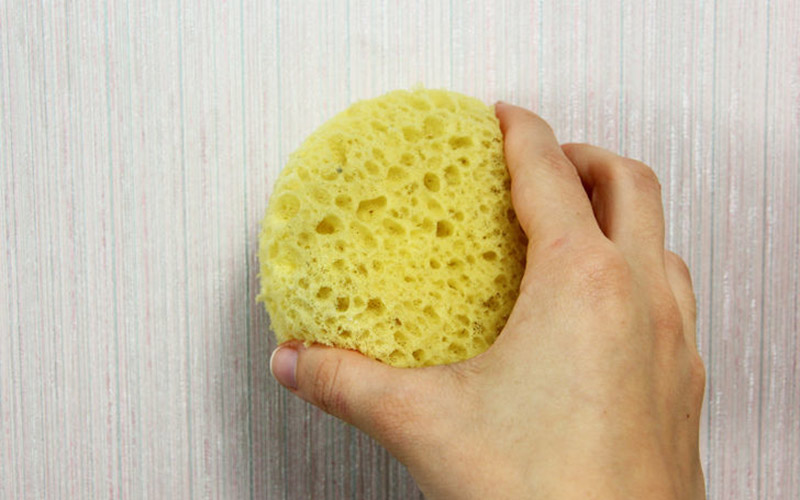
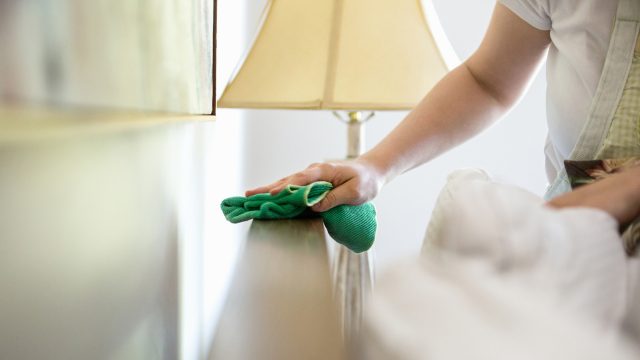
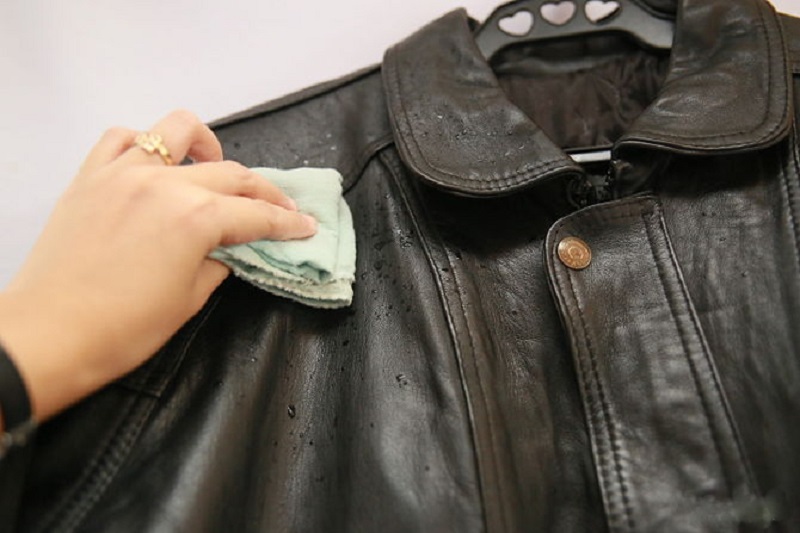

What fabrics is it not suitable for?
The softening effect of fabric softeners can play a bad joke on some things - for them, its qualities are destructive. It's not just about silk fabrics that may leave stains. Washing with fabric softener is absolutely contraindicated for the following items:
- Thermal fabric clothing. Due to softening and enveloping with air conditioning, thermal underwear will lose its main qualities and will begin to let air and moisture through in both directions.
- Towels. Antistatic rinses with silicone, which creates a hydrophobic film on the fabric, will disrupt their absorbency.
- Corrective underwear. It will lose the necessary rigidity of the fibers, and therefore its main lifting function.
- Clothes made of stretch denim - it will be damaged due to the stretching of the elastane.
- Thickly knit woolen fabrics – the products will become too loose.
The use of fabric softener is prohibited for such items as down jackets, microfiber clothing, and fleece. Silk and synthetic fabrics with a glossy surface should not be washed with fabric softener because of the appearance of stains. They are extremely difficult to get rid of.


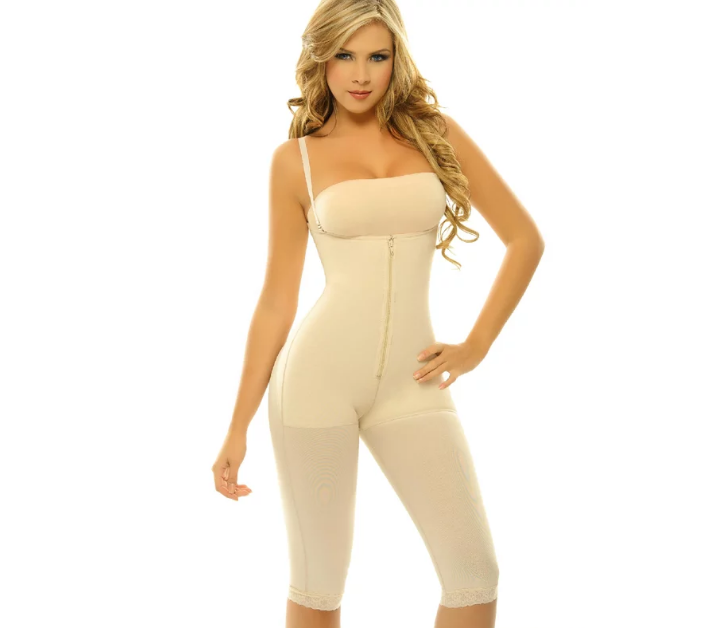
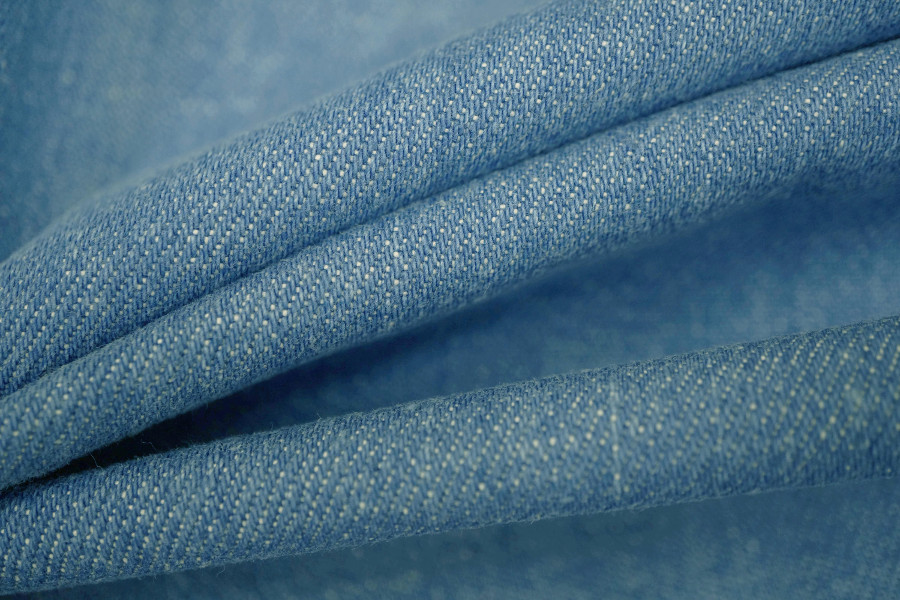

How is it different from a rinse aid?
There are a huge number of varieties of laundry products with special properties (protection against fading, antistatic, color renewal) on sale, but the main division is between the conditioner itself and the rinse aid. The question arises, what is the difference. There are two versions of the answer: the first is that the rinse aid has an antistatic effect. However, when studying the assortment, you can see that in the line of conditioners there are also types with a similar effect.
The antistatic effect, one of the most important, making the use of conditioners justified, is achieved by the work of surfactants. Settling on the surface, they create a universal conductor - a film of water, due to which the charge does not accumulate. Protection from dirt and wear is achieved due to the complex of cations + silicone: it gives the surface of the fabric hydrophobic properties, preventing the penetration of dirt into the deep layers. Silicone can also have the opposite effect (depending on the composition of the conditioner). This enhances such a pleasant quality of washed towels as absorption.
In light of the information that has been revealed, it is more likely that the rinse aid and conditioner are one and the same product. The difference in name is a marketing ploy. There is an opinion that in this way the manufacturers wanted to emphasize that the product is used at the penultimate stage of washing – rinsing.
Reliable manufacturers
The rating of the best fabric conditioners is headed by products from manufacturers "Lenor", "Vernel", "Silan", Delamark. This is explained by their popularity, as well as their qualities. The features that made them popular are as follows:
- "Lenor" is one of the first brands to appear on the market of detergents. Manufacturer - P&G. The line includes a large number of types of conditioners and rinses for different types of laundry (delicate, baby, wool, silk, colored, white, black). Available in bottles of different sizes - 0.5 l, 1 l, 2 l, 5 l. "Lenor" has a wide range of aromas - more than 15 types. There is an informative instruction for use.
- "Vernel" (Henkel) produces several series - "Classic", Sensitive for sensitive skin (including children's), "Aromatherapy" and Supreme for delicate care of clothes made of expensive fabrics. The bright design of the packaging has an advantage - a viewing window for monitoring consumption.
- Delamark – produces fabric softeners with a moderate composition (no more than 5-6 components), 95% of which are natural substances. The thoughtful design of the packaging is noteworthy. You can choose different formats – from 0.5 to 5 l. The pronounced antistatic effect in all products is an undoubted advantage.
- "Silan" has convenient ergonomic packaging. All conditioners of the brand contain biodegradable esterquats as surfactants. Like "Vernel", several series are produced under the brand "Silan". In most cases, these conditioners have a more subtle, unobtrusive aroma (except for the "Aromatherapy" series).
The rating of fabric conditioners took into account such parameters as versatility and availability. An important factor is the safety of the composition. All the brands described have the best reviews regarding these qualities.

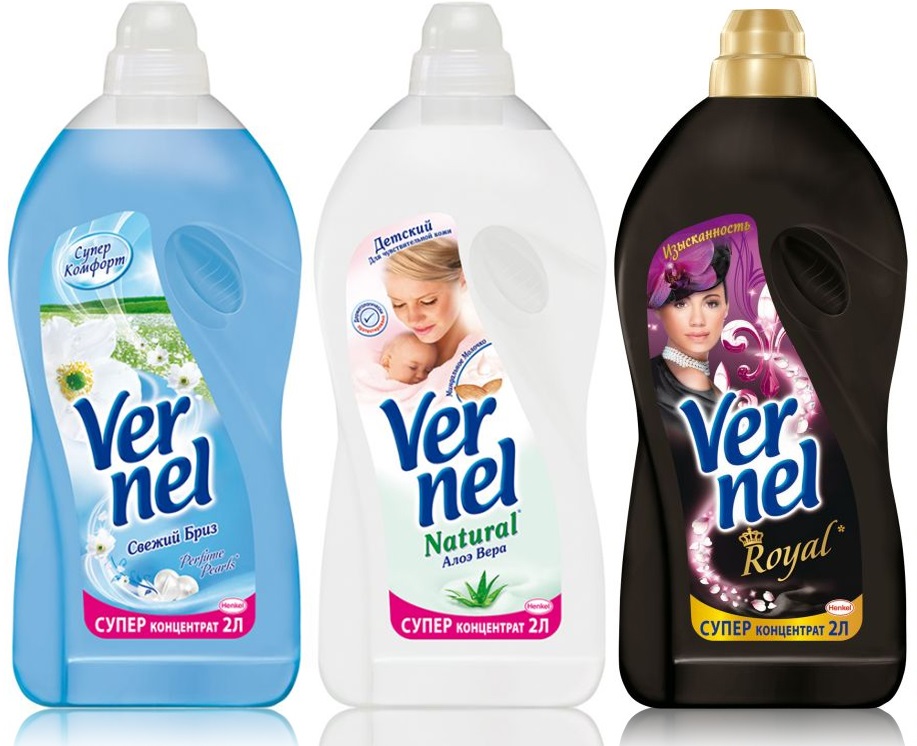
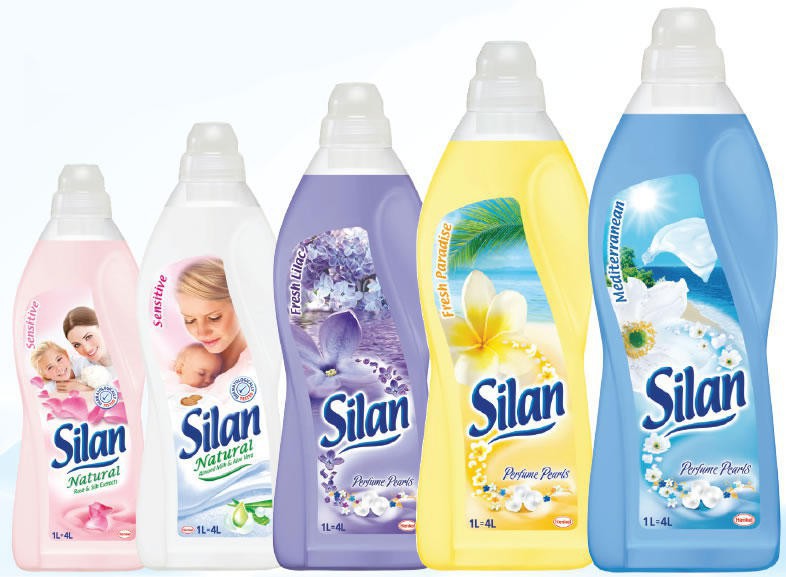
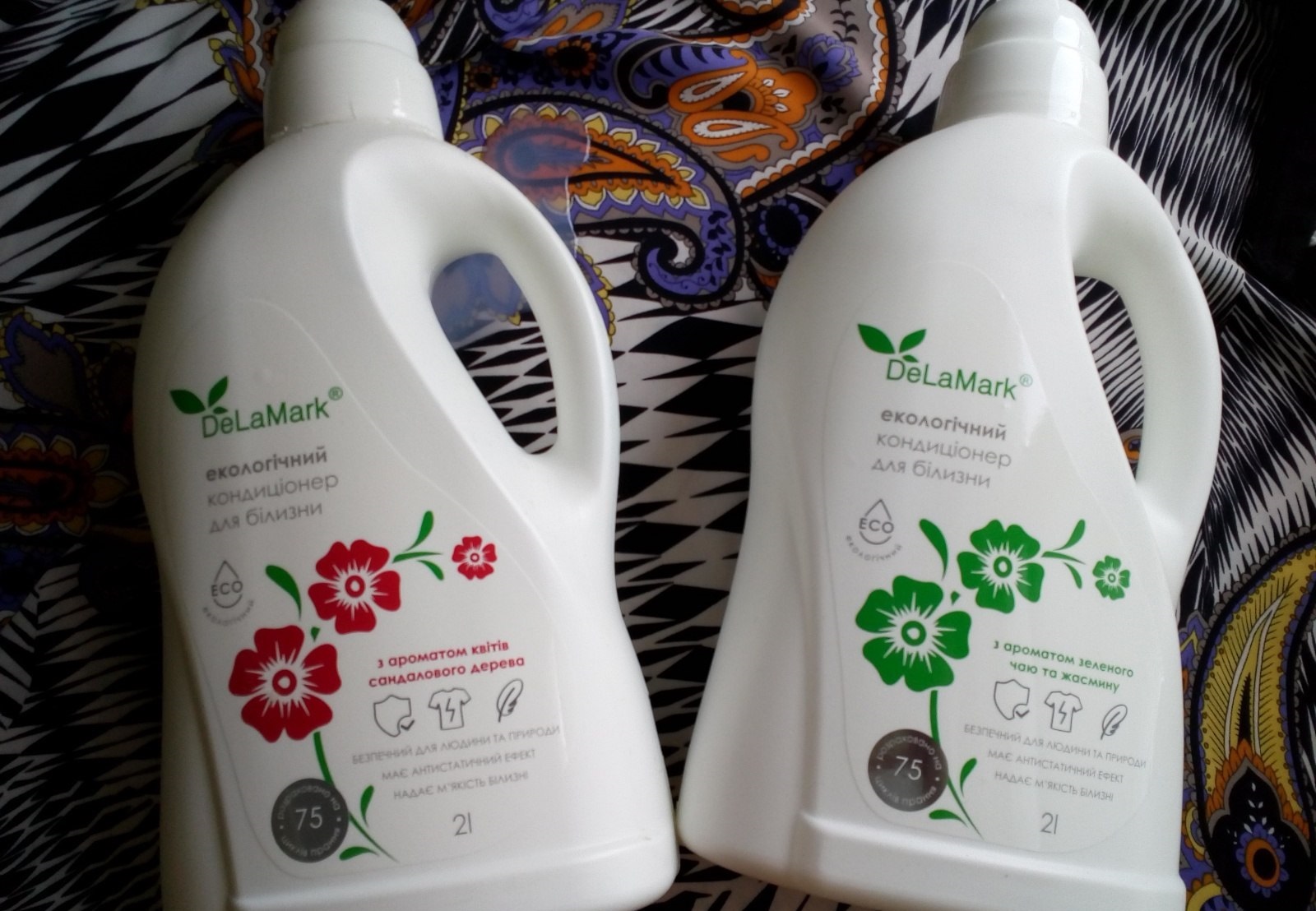
What to choose for washing children's clothes
The issue of washing children's clothes must be approached with all responsibility. Hard, rough material rubs delicate skin, causing irritation, so it is necessary to soften it. However, 90% of conditioners and rinses marked "for children" can cause negative consequences in the body of newborns. Therefore, pediatricians recommend excluding their use. In the first three months after birth, the only means for washing can be baby soap. A number of requirements are also imposed on cleaning clothes of older children:
- Safe composition. There should be no phosphates, dyes, preservatives, or chlorine-based compounds.
- The products must be odorless, otherwise there is a risk of developing respiratory allergies and upper respiratory tract diseases.
- Non-ionic surfactants of natural origin should be used as surface-active components.
- The product must be completely washed off, otherwise peeling, irritation and rashes will occur.
A good children's conditioner is hypoallergenic. Among the manufacturers that have earned the trust of young mothers, we can note "Ushasty Nyan", Aqa, "Nasha Mama", "Lenor", Bio Mio. These brands do not cause an allergic reaction, are easily washed off with water, or have no smell, or it quickly disappears.
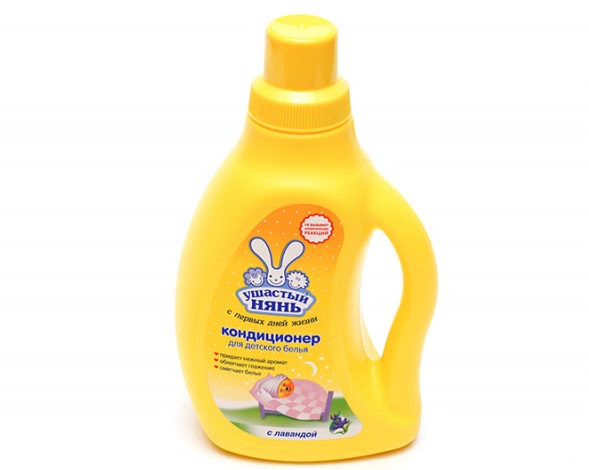
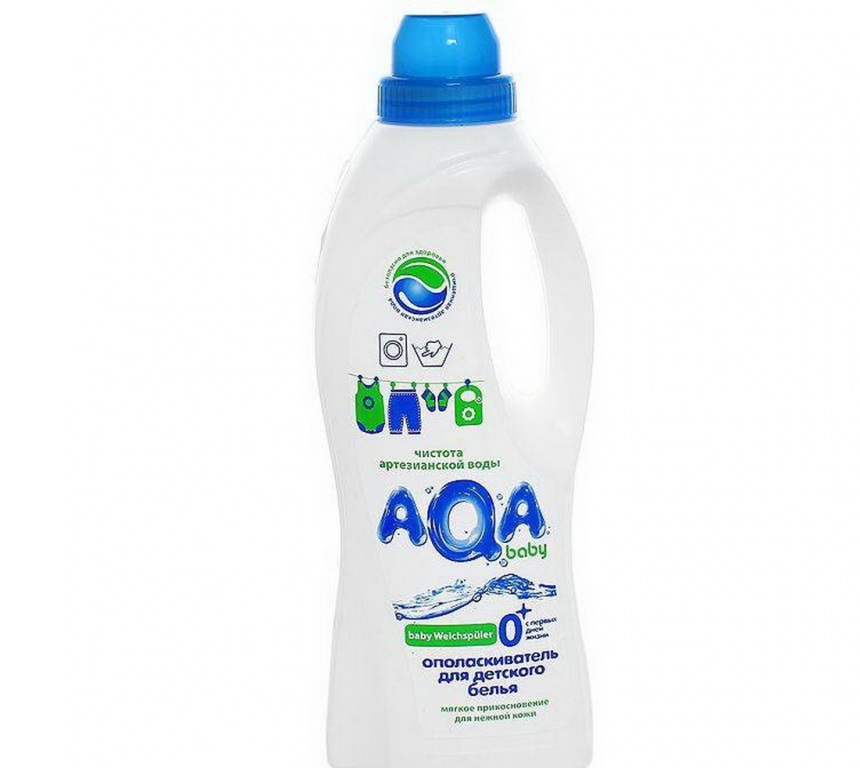
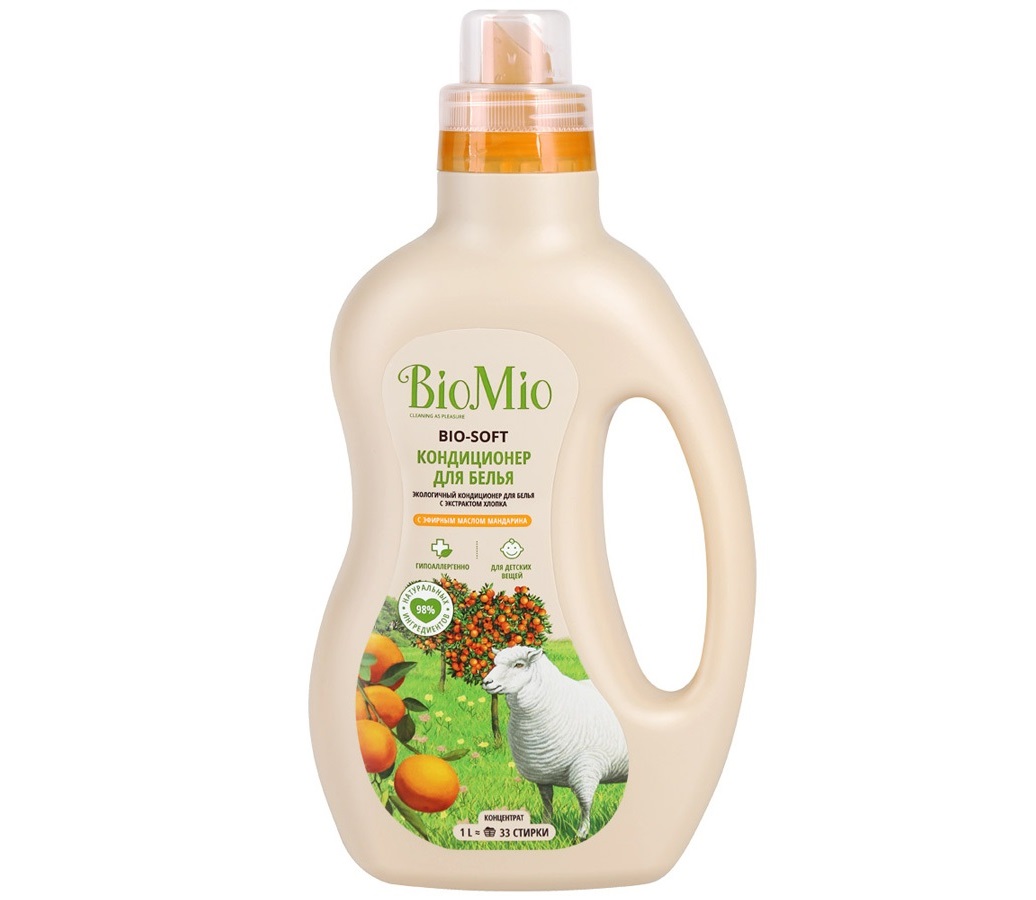
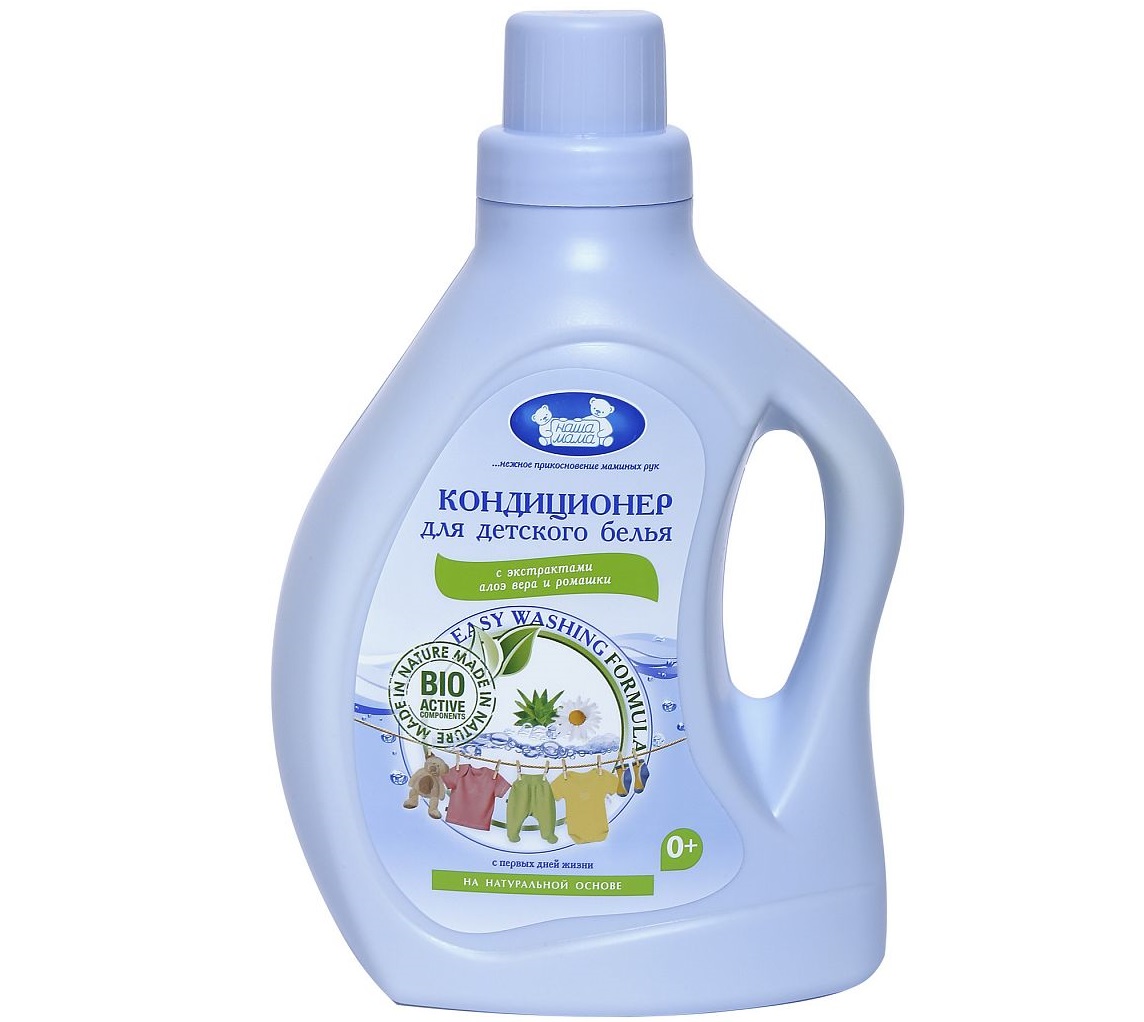
Tips for choosing
Studying the composition will help you choose the best fabric softener. An effective product is a rinse with a surfactant content of 5% or more. It is better if they are cationic, as they have the ability to neutralize harmful components of washing powder during rinsing. In addition to the previously mentioned chloroform, benzyl, ethyl acetate and alpha-terpineol should not be present in the composition:
- Methylisothiazolinone is a strong allergen;
- paraben preservatives – have a carcinogenic effect;
- glutaral is a toxin;
- linalool - causes damage to the central nervous system;
- Pentane is a chemical that affects the respiratory tract.
When choosing, consider the type of fabric, washing mode (machine, hand), concentration. You need to check the conditioner for foaming: foam is a sign of a small amount of surfactants, the rinse aid will not be effective enough. The smell is important: pleasant at first, it can quickly become boring and irritating, so it is better to choose a soft aroma or a product without it. It is worth considering the convenience of the packaging: a large volume is economical, but a heavy bottle is not always comfortable to use.
Fabric conditioners make it easier to care for your clothes. The products make them comfortable, pleasant to the touch, protect against wear and tear, and maintain an attractive appearance. However, use will only be justified if they are safe for health.


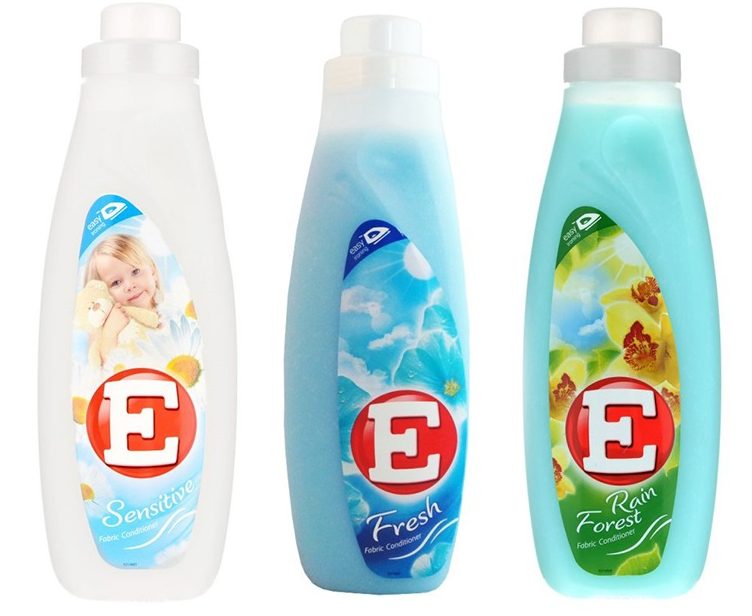
Video


